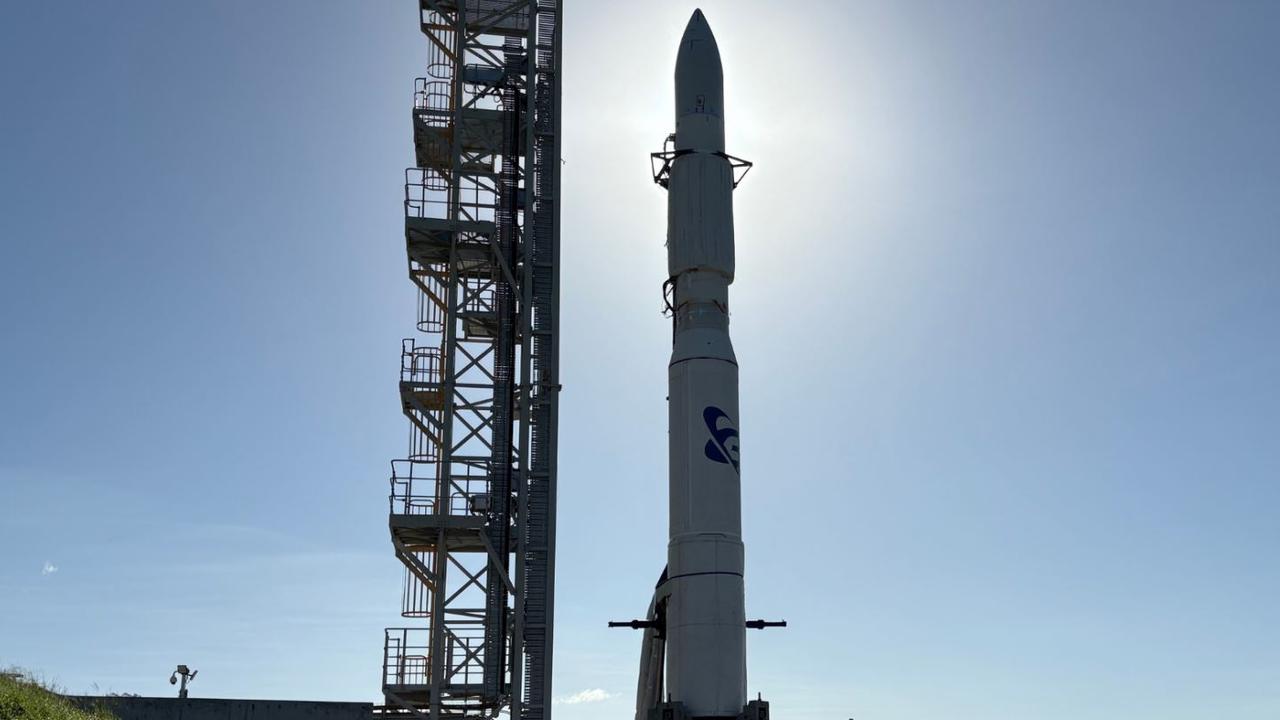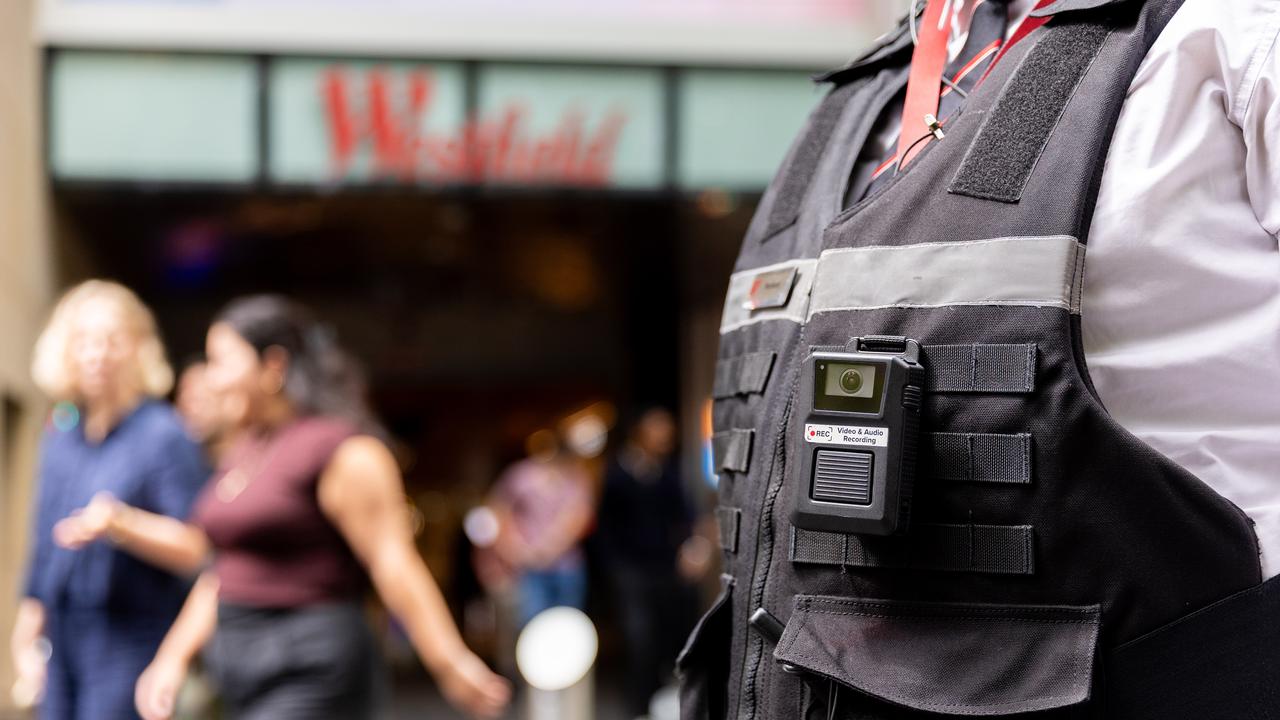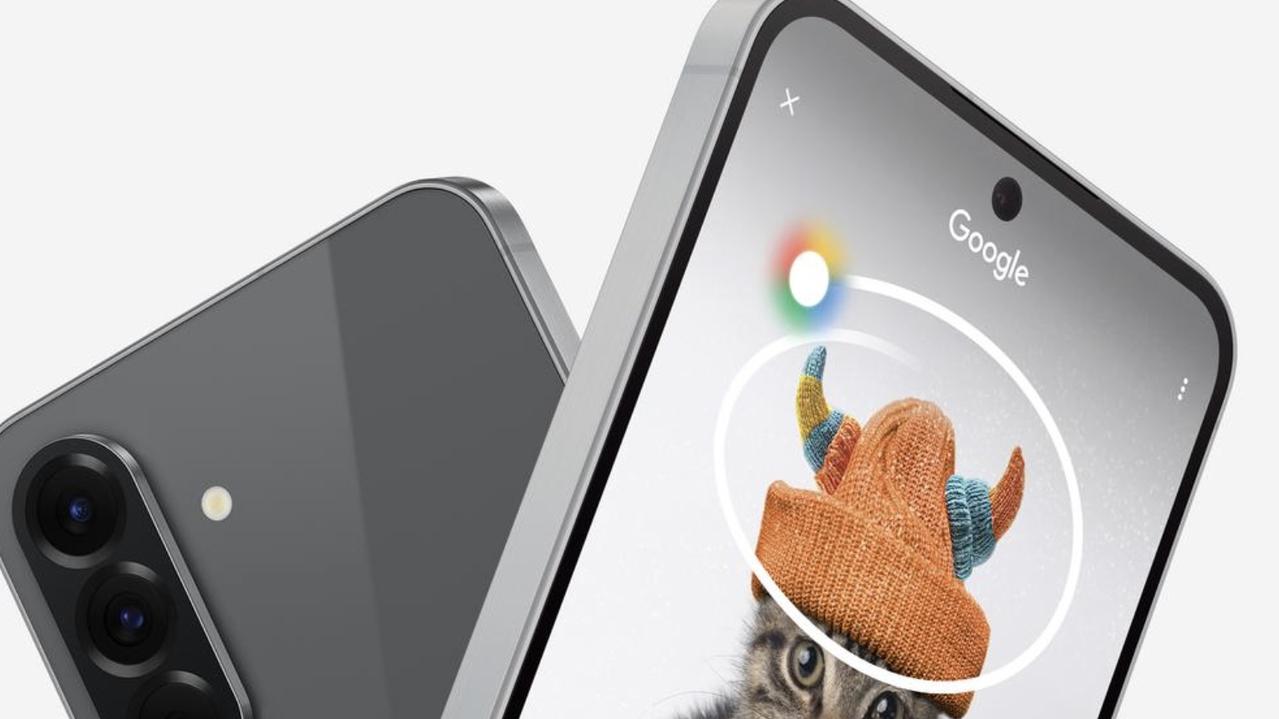DJI Osmo Pocket review: Why the world’s smallest camera gimbal could save Christmas this year
Meet the smallest camera of its kind, a gadget that could save your holiday movies from looking like the Blair Witch Project.
Cameras
Don't miss out on the headlines from Cameras. Followed categories will be added to My News.
DJI’s latest engineering marvel scrapes into the Christmas buying season like Indiana Jones’ hat: skidding into contention at the very last moment.
But this new type of camera that doesn’t fly, doesn’t need other lenses, and doesn’t take up much room in your pocket could be the handiest device you buy this holiday season.
The famous drone company has shrunk down a camera gimbal to its smallest size yet, allowing the DJI Osmo Pocket to capture super smooth home movies as your family unwraps other gifts around the Christmas tree, as a puppy pops out of a package, or as your kid takes her very first — otherwise shaky — bicycle ride.

The first-of-its-kind device has a couple of shortcomings, of course, so we took it for a walk in the Australian bush to test its limits.
GIMBALS TAKE THE SHAKE
If you’ve ever captured video on the move, you’ll know the pain of discovering you’ve unintentionally recreated the Blair Witch Project.
Shaky camera footage might have worked for that one film, but video that jumps with every step is uncomfortable to watch.
The sophisticated motors atop this gadget removes this unwatchable annoyance almost entirely, however.

DJI has crammed a lot of parts into the head of this gadget to compensate for movement on three axes, including a blushless motor to move the camera smoothly. It’s cooled by a noiseless system in its main body.
To test its results, we captured footage while walking down a bush track, taking no particular care to hold the camera steady. The video footage was surprisingly smooth and easy on the eye.
Even when navigating playgrounds, running or ascending stairs, the video from this camera was entirely watchable, making this tiny device a handy addition for hikers, bikers, kids parties, and any sort of dog park chase scene.
The gimbal is also reasonably simple to direct (when you know how) using controls on its touch-sensitive one-inch screen, or by connecting it to the port of an Apple or Google smartphone with an included plug and using controls on the bigger screen.
CAMERA TRICK SHOTS
Having a gimbal attached to your camera is not just about smooth video. It also lets the camera perform tricks.
When capturing a panorama, for example, this gadget merely requires that you hold it upright — no haphazard sweeping movement needed.
The Osmo Pocket automatically moves the camera’s lens from one side to the other, capturing four consecutive images and automatically combining them.

It eliminates the pain of finding the Earth somehow tilted just for your photo.
With a few touches of this camera’s built-in screen you can also set it up to lock on to a subject and keep it in the centre of the frame, capture a timelapse video, or record video in first-person view, which is useful if you’ve snuck it on to a rollercoaster, for example.
ON MATTERS OF SIZE
The DJI Osmo Pocket is not the only super steady camera on the market, but it certainly is the smallest.
At just 12cm tall, it makes even DJI’s own Osmo Mobile 2 seem like full body Steadicam pack.

The benefit of this miniature form is twofold. First, you’re more likely to have the 116g camera with you and, second, it doesn’t look like you’re filming an intrusive epic feature film in public, even if that is your true intention.
The Osmo Pocket also comes with its own hard case to keep it safe from sharp objects in your pocket or bag and, thanks to a software update, now automatically turns its camera into the right position for stowage when you turn it off.
SLIGHTLY SHAKY FEATURES
Despite its size, the camera on this gadget is capable of capturing 4K video and 12-megapixel images.
It will even capture those photographs in RAW format to retain extra detail and allow for substantial editing.
Its sensor size is limited by the size of its body, though, so you won’t find the same one-inch, Hasselblad image sensor in this DJI device as in its newest drone.
It’s a sensor that offers more detail than a smartphone snapper, one that is typically seen in compact or super-zoom cameras, but it might not do enough for dedicated videographers.

Potential buyers should also note that this camera isn’t water-resistant like its GoPro cousins, may require the purchase of accessories like the controller wheel to get the most out of it, and will require you to watch some videos or read the manual if you want to understand and access all its features.
Directing the camera without plugging it into a phone or physically moving it, for example, is tough to work out until you’re told how (there’s a secret control on the right side of the screen).
Sound might also be an issue for some filmmakers, as the microphone is pointed at the user and can lead to some heavy breathing recordings if you hold it too close while hiking.
DJI OSMO POCKET VERDICT
If you’re in the market to create slick family flicks this Christmas — or just to improve your Instagram video game — DJI’s new creation arrives just in time.
It might be the first pocket-sized tiny steady camera to market, but it’s fully featured, produces excellent results, and shows obvious engineering expertise that comes from the company’s drone experience.

Its ability to plug into a smartphone, transfer video, and just work, for example, is seamlessly executed.
The Osmo Pocket is also small enough to be incredibly convenient to carry around, just in case you need it.
Its lack of a rugged or waterproof exterior might turn off some video buffs and, at $599, it’s priced slightly beyond a novelty, but this camera might just be the one to save Christmas (to a memory card).
Originally published as DJI Osmo Pocket review: Why the world’s smallest camera gimbal could save Christmas this year







